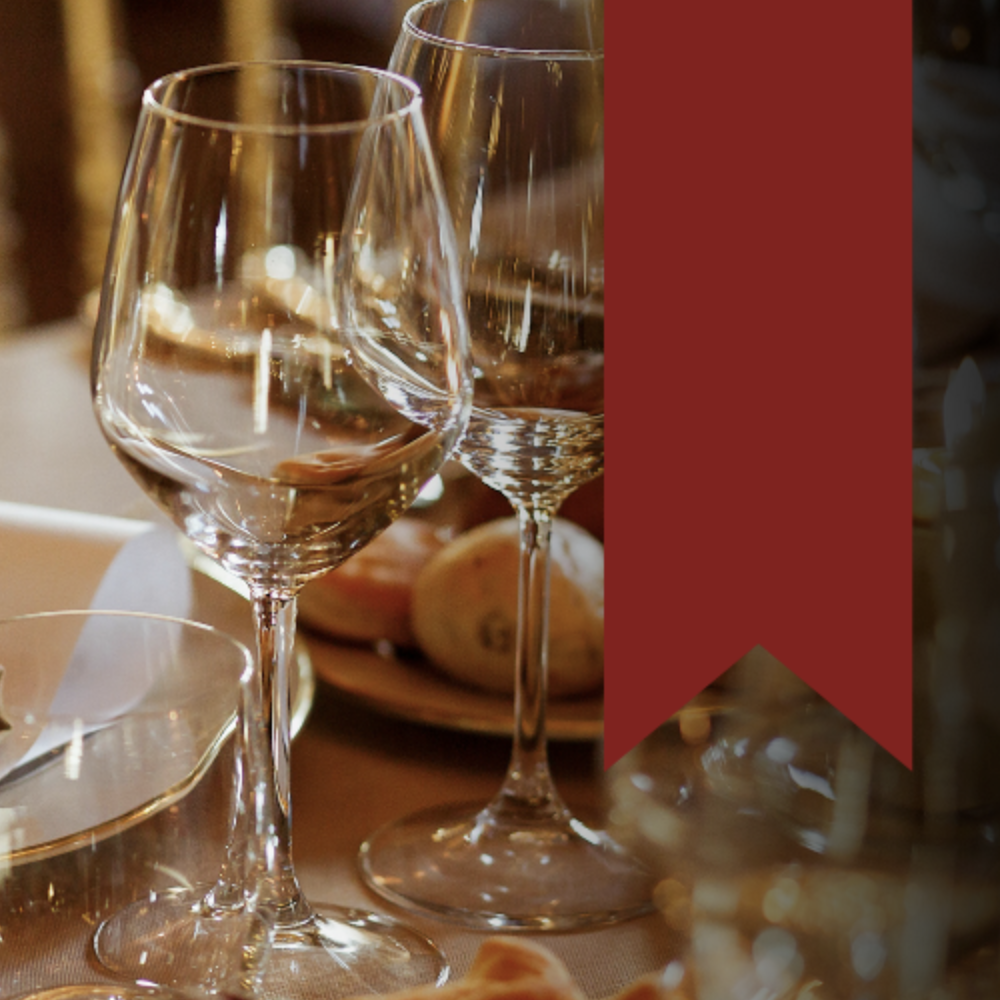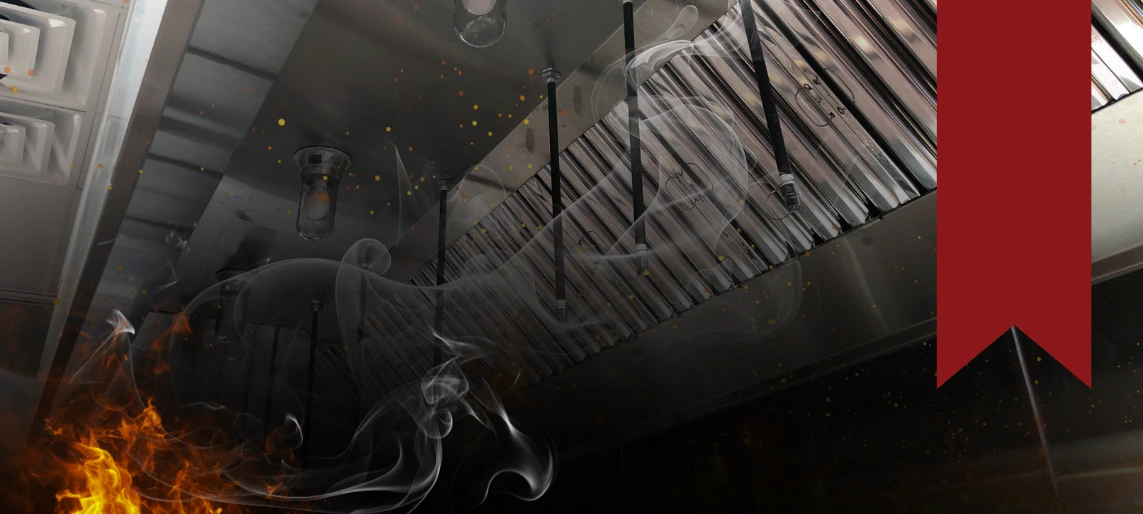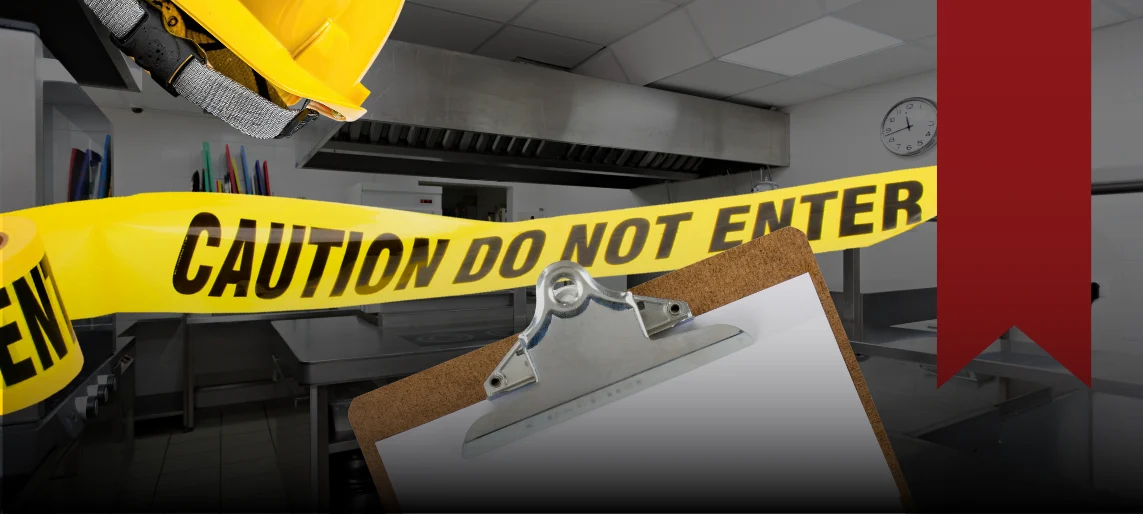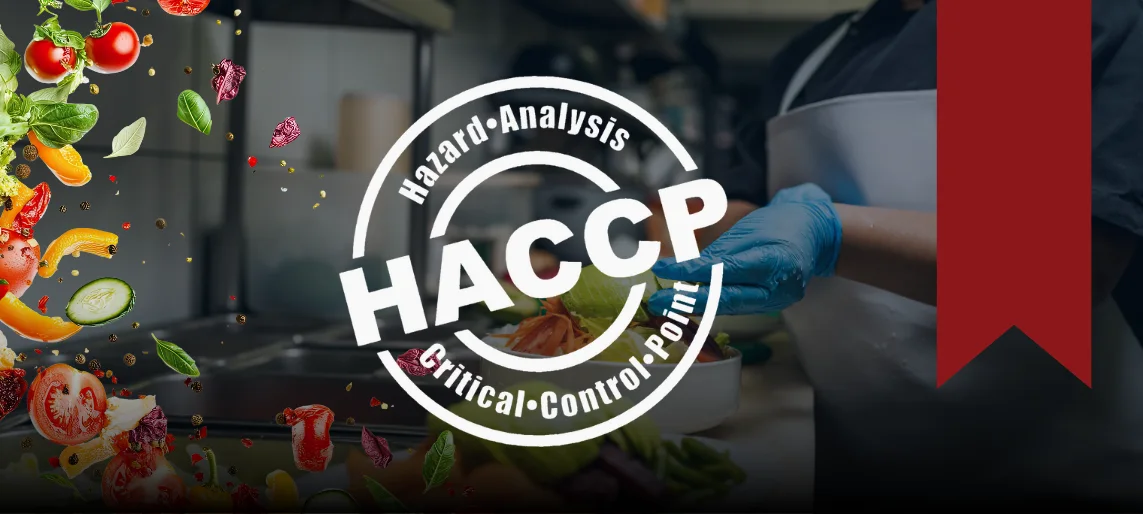
Summary
You're halfway through service, and one platter is already empty. Another is sitting too far back for guests to reach. Someone's using tongs that don't fit the dish, and there's a backup forming at the end of the line.
Sound familiar?
Serving platters and dishes don't usually get much attention until they disrupt the flow. Whether you're running a buffet, plating for banquets, or prepping family-style meals, the right platters make service smoother and more efficient for both staff and guests.
Why Platters and Serving Dishes Matter in Foodservice
Platters do more than hold food. They're part of how meals are presented, replenished, and served. A good setup can help you:
- Keep hot food hot (and cold food cold)
- Speed up refills and reduce handling
- Make portions feel more generous and polished
- Cut down on spills, drips, and awkward reach-overs
- Align your service line with the pace of your kitchen
If you're providing a high-volume service, even minor improvements in serving ware can translate to time savings and a better guest experience.
Common Types and What They're Used For
No two kitchens serve the same way, so it helps to know which dishes are made for what. Here's a quick breakdown:
- Flat platters – Ideal for sliced proteins, fruit, desserts, or appetizers
- Deep serving dishes or bowls – Better for pasta, grains, salads, or anything saucy
- Divided trays – Great for condiments, toppings, or compartmental service
- Heated/insulated platters – Help maintain safe temperatures during long services
Choose based on food type, refilling strategy, and how close guests are to the line. The less juggling involved, the smoother the experience is.
How to Choose and Use Large Platters Efficiently
Here are a few tips that can make a big difference:
- Match size to table and traffic – Bigger isn't always better. Go wide enough to hold portions but small enough to swap out fast.
- Use gripped or rimmed edges – Helps your staff carry full platters safely.
- Stack smart – Choose stackable designs to save space during prep and cleanup.
- Go for dishwasher-safe, durable materials – Melamine, stainless steel, or ceramic (for front-of-house presentation)
- Set a swap rhythm – Keep extras on hand so you can rotate quickly during peak times.
Efficiency is about reducing friction for everyone involved.
Recommended Products and Sourcing Tips
We usually recommend:
- Sturdy melamine platters for everyday use because they're durable, affordable, and easy to clean
- Lightweight stainless or aluminum trays for hot food or outdoor service
- Insulated serving dishes if you're holding items for extended periods
If you're rebuilding your service line or stocking up for events, we can help you compare sizes, materials, and pricing so you can invest in pieces that actually hold up.
Looking to Complete your Setup?
Plating and presentation are just part of the equation. The correct utensils and cutlery can make a big difference in how guests serve themselves, and how smoothly your team moves through prep and cleanup.
From carving sets to tongs that actually fit your dishes, we break it all down in this article on what to look for in commercial kitchen utensils.
Read: What Are the Best Utensils and Cutlery for Commercial Kitchens?
Make Service Work Smarter
It doesn't take a complete redesign to improve service. Sometimes, it's just about choosing tools that do their job well, shift after shift. Large platters and serving dishes are a small investment that can remove big frustrations.
Need help deciding what fits your kitchen setup or event style? We're happy to talk through options or send you some ideas.
FAQs
What is a large serving platter?
It's a flat or shallow dish used to present and serve food, typically large enough to hold multiple portions or arrange items for group service.
What do you do with a serving platter?
Use it to serve hot or cold food, display items on a buffet line, or carry dishes from kitchen to table efficiently.
What do you put on a serving platter?
A variety of options, including sliced meats and cheeses, fresh fruit, desserts, sandwiches, and shared appetizers.
What do you use a serving bowl for?
Serving bowls are ideal for foods with liquid or loose components, such as pasta, salad, stew, or rice, especially when guests are serving themselves.











